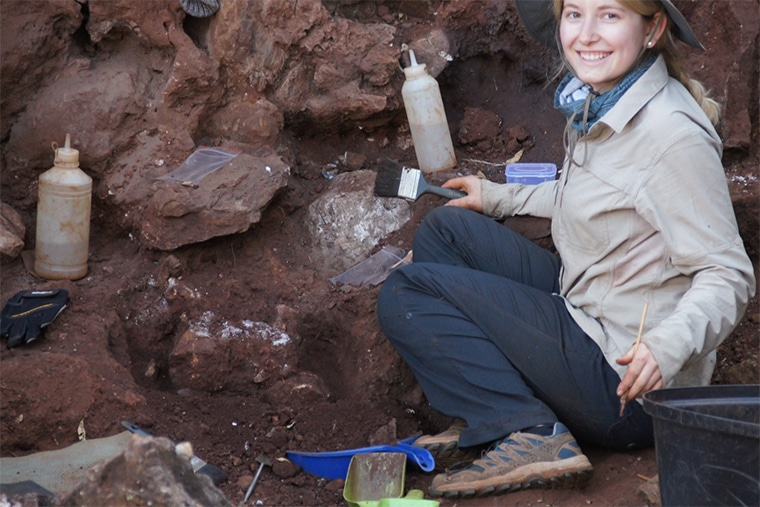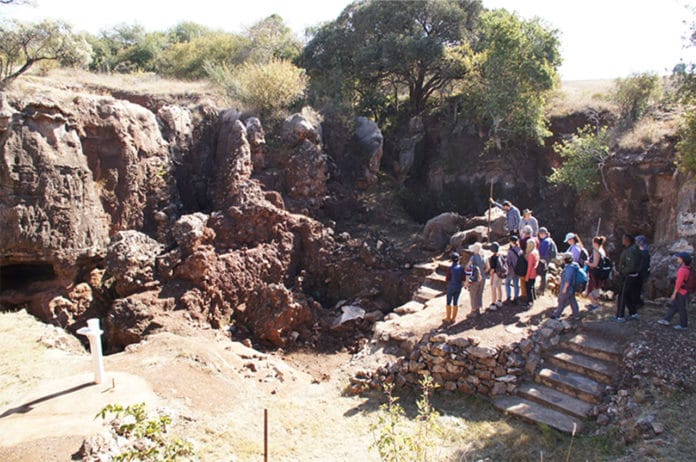Fossil humans are rare, representing only a very small percentage of all of the fossil mammals discovered at any given paleontological site. In short, the fossils are precious.
An international team of scientists, including anthropologists at Washington University in St. Louis, has discovered a 2-million-year-old fossil human. They unearthed the earliest known skull of Homo erectus in the fossil-rich Drimolen cave system northwest of Johannesburg.
Homo erectus was the first of our ancestors to be nearly human-like in their anatomy and aspects of their behavior. In this study, the Homo erectus cranium that scientists unearthed is very delicate, very well preserved, and once belonged to a child.
The 2-million-year-old fossil was reconstructed from more than 150 individual fragments excavated in South Africa for over five years.
David Strait, professor of biological anthropology in Arts & Sciences, said, “The individual was probably only 2 or 3 years old when it died. To discover a fossil like this is to open a window into the past, and it is very hard not to ask what this child’s life was like and why it ended at such a young age.”

Project director and lead researcher Andy Herries of La Trobe said the age of the DNH 134 fossil shows that Homo erectus existed 100,000 to 200,000 years earlier than previously thought. The newly discovered fossil demonstrates that Homo erectus, our direct ancestor, clearly evolved in Africa.
Herries said that unlike the world today, where we are the only human species two million years ago, our direct ancestor was not alone.
“We can now say Homo erectus shared the landscape with two other types of humans in South Africa, Paranthropus, and Australopithecus.”
“This suggests that one of these other human species, Australopithecus sediba, may not have been the direct ancestor of Homo erectus, or us, as previously hypothesized.”
Strait said, “From a purely scientific standpoint, this fossil pushes back in time the origin of one of our most important direct ancestors — Homo erectus.”
“It speaks to the geographic location where that origin took place, and it documents important information about the evolution of brain size in Homo. Our specimen has a brain that is smaller than those of later Homo erectus populations but larger than those of Australopithecus, the more ape-like early humans that shared the landscape with the earliest populations of Homo erectus.”
“However, as the last surviving human species, we should not think we are immune to the same fate as Australopithecus, who likely became extinct as a result of the changing climate two million years ago.”
Journal Reference:
- The contemporaneity of Australopithecus, Paranthropus, and early Homo erectus in South Africa. Science, 2020; DOI: 10.1126/science.aaw7293
